Preeclampsia is a hypertensive disorder unique to pregnancy, characterized by high blood pressure and proteinuria. It can lead to severe complications such as premature birth, restricted fetal growth, and placental abruption, posing significant risks to both maternal and fetal health. It is a major cause of maternal mortality worldwide. Recent scientific research has increasingly focused on the relationship between biomarkers like folate, homocysteine (HCY), and vitamin B12, and the risk of preeclampsia.
Between 2000 and 2012, a large-scale case-control study was conducted in Colombia to investigate the association between these biomarkers and the risk of preeclampsia.
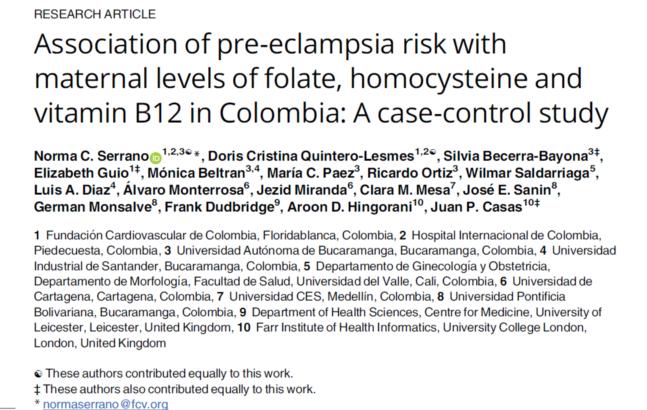
The study involved 7,074 pregnant women, including 2,978 cases of preeclampsia and 4,096 healthy pregnant women as the control group.
The research found that pregnant women with higher serum folate levels had a significantly reduced risk of preeclampsia, while those with higher homocysteine levels faced an increased risk. The relationship between vitamin B12 levels and the risk of preeclampsia was less clear.
a) Folate and Preeclampsia Risk: Pregnant women with higher blood folate levels had a significantly lower risk of preeclampsia. Specifically, for every one standard deviation increase in folate levels, the risk of developing preeclampsia decreased by 20%.
b) Homocysteine (HCY) and Preeclampsia Risk: Pregnant women with higher blood HCY levels were at a higher risk of preeclampsia. For every one standard deviation increase in HCY levels, the risk of developing preeclampsia increased by 16%.
c) Vitamin B12 and Preeclampsia Risk: The association between vitamin B12 levels and the risk of preeclampsia was relatively weak. For every one standard deviation increase in vitamin B12 levels, there was a slight increase in risk, but this was not statistically significant.

A research team from Shanghai Jiao Tong University also identified high levels of HCY in the first trimester as an independent risk factor for severe preeclampsia.
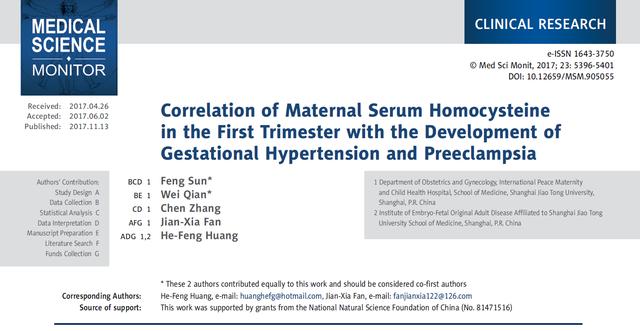
However, traditional synthetic folic acid has not been found to prevent preeclampsia.
In 2018, a large international multicenter trial published in "The BMJ" (IF 93.333) discovered that high doses of synthetic folic acid could not prevent preeclampsia.
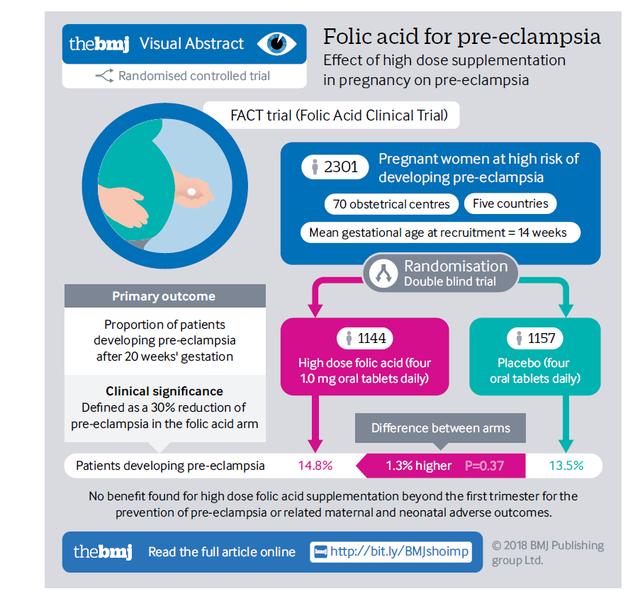
This suggests that to more effectively prevent preeclampsia, we need alternative sources of folate.
Research has shown that 6S-5-methyltetrahydrofolate can rapidly increase serum folate levels, reduce HCY, and effectively prevent the occurrence of preeclampsia.
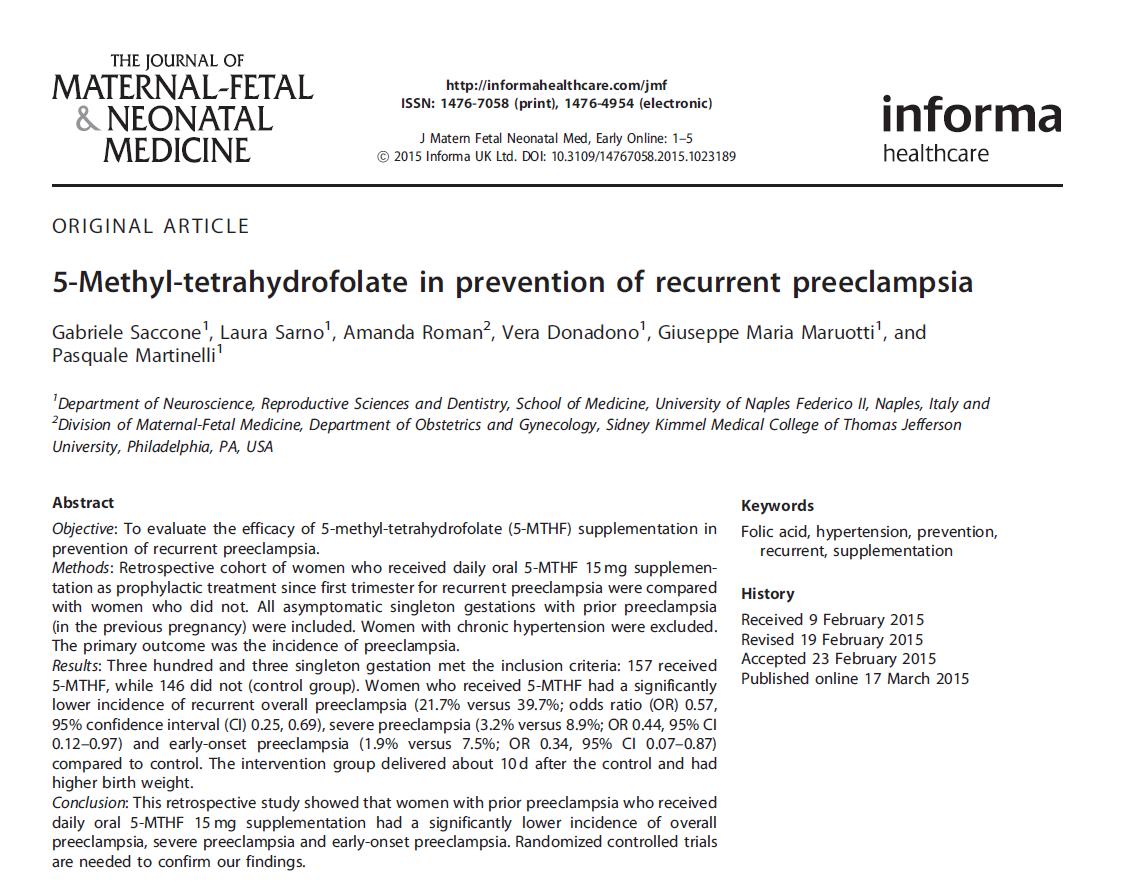
Among the various forms of 6S-5-methyltetrahydrofolate, Naturalization folate (Magnafolate) stands out for its high safety profile, which is particularly important for maternal and infant health. This form of folate is produced without the use of harmful substances like formaldehyde and p-toluenesulfonic acid, and it strictly controls the levels of impurities such as JK12A and 5-methyltetrahydrofolate calcium to non-toxic levels. It can rapidly increase serum and red blood cell folate levels, making it a preferred active folate for mothers and infants.
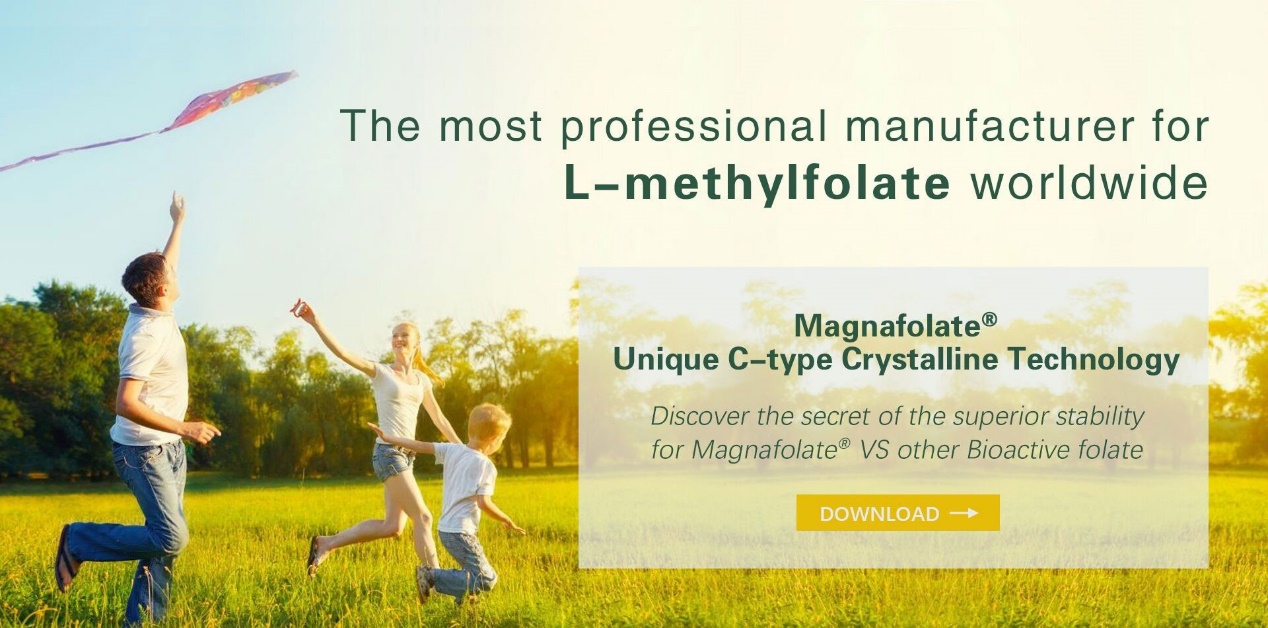
As mothers, we should not only focus on nutritional supplements during pregnancy but also understand and monitor biomarkers that may affect pregnancy health. By supplementing with 6S-5-methyltetrahydrofolate, particularly Naturalization Folate, we can effectively lower HCY levels and prevent the occurrence of preeclampsia, thus safeguarding the healthy development of our babies.
Reference
1. Serrano NC, Quintero-Lesmes DC, Becerra-Bayona S, Guio E, Beltran M, Paez MC, et al. (2018) Association of pre-eclampsia risk with maternal levels of folate, homocysteine and vitamin B12 in Colombia: A case-control study. PLoS ONE 13(12): e0208137. https://doi.org/10.1371/journal.pone.0208137
2.Sun, F., Qian, W., Zhang, C., Fan, J.-X., & Huang, H.-F. (2017). Correlation of Maternal Serum Homocysteine in the First Trimester with the Development of Gestational Hypertension and Preeclampsia. Medical Science Monitor, 23, 5396-5401. doi:10.12659/MSM.905055
2. Saccone G, Sarno L, Roman A, Donadono V, Maruotti GM, Martinelli P. 5-Methyl-tetrahydrofolate in prevention of recurrent preeclampsia. J Matern Fetal Neonatal Med. 2015; DOI: 10.3109/14767058.2015.1023189.
3. Lian Zenglin, Liu Kang, Gu Jinhua, Cheng Yongzhi, et al. Biological Characteristics and Applications of Folate and 5-Methyltetrahydrofolate. Chinese Food Additives, Issue 2, 2022.
4. Lamers Y, Prinz-Langenohl R, Braumswig S, Pietrzik K. Red blood cell folate concentrations increase more after supplementation with [6S]-5-methyltetrahydrofolate than with folic acid in women of childbearing age. Am J Clin Nutr. 2006;84:156-161.
#L-Methylfolate#5-MTHF#folate#
L-5-methyltetrahydrofolate calcium#SSW#Magnafolate#151533-22-1#active folate#先兆子痫#HCY#同型半胱氨酸

 Español
Español Português
Português  русский
русский  Français
Français  日本語
日本語  Deutsch
Deutsch  tiếng Việt
tiếng Việt  Italiano
Italiano  Nederlands
Nederlands  ภาษาไทย
ภาษาไทย  Polski
Polski  한국어
한국어  Svenska
Svenska  magyar
magyar  Malay
Malay  বাংলা ভাষার
বাংলা ভাষার  Dansk
Dansk  Suomi
Suomi  हिन्दी
हिन्दी  Pilipino
Pilipino  Türkçe
Türkçe  Gaeilge
Gaeilge  العربية
العربية  Indonesia
Indonesia  Norsk
Norsk  تمل
تمل  český
český  ελληνικά
ελληνικά  український
український  Javanese
Javanese  فارسی
فارسی  தமிழ்
தமிழ்  తెలుగు
తెలుగు  नेपाली
नेपाली  Burmese
Burmese  български
български  ລາວ
ລາວ  Latine
Latine  Қазақша
Қазақша  Euskal
Euskal  Azərbaycan
Azərbaycan  Slovenský jazyk
Slovenský jazyk  Македонски
Македонски  Lietuvos
Lietuvos  Eesti Keel
Eesti Keel  Română
Română  Slovenski
Slovenski  मराठी
मराठी  Srpski језик
Srpski језик 


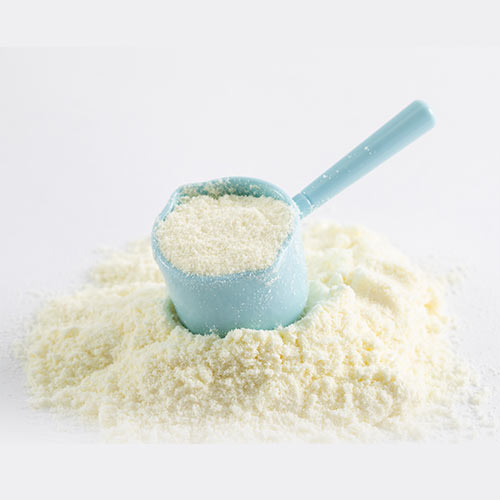

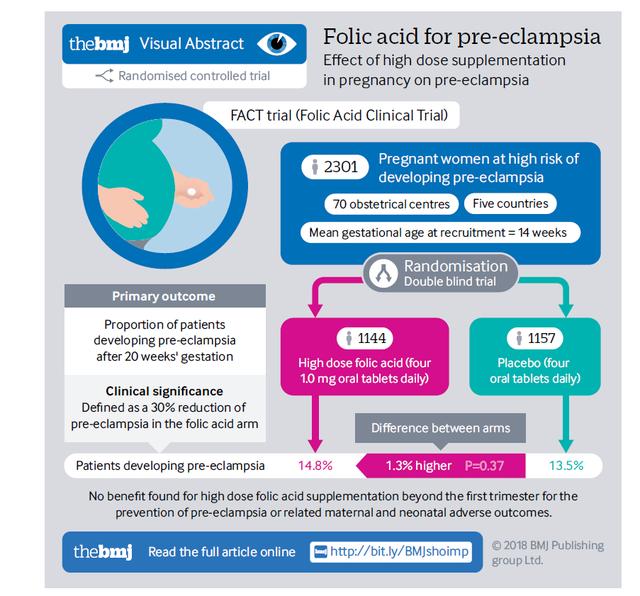



 Online Service
Online Service